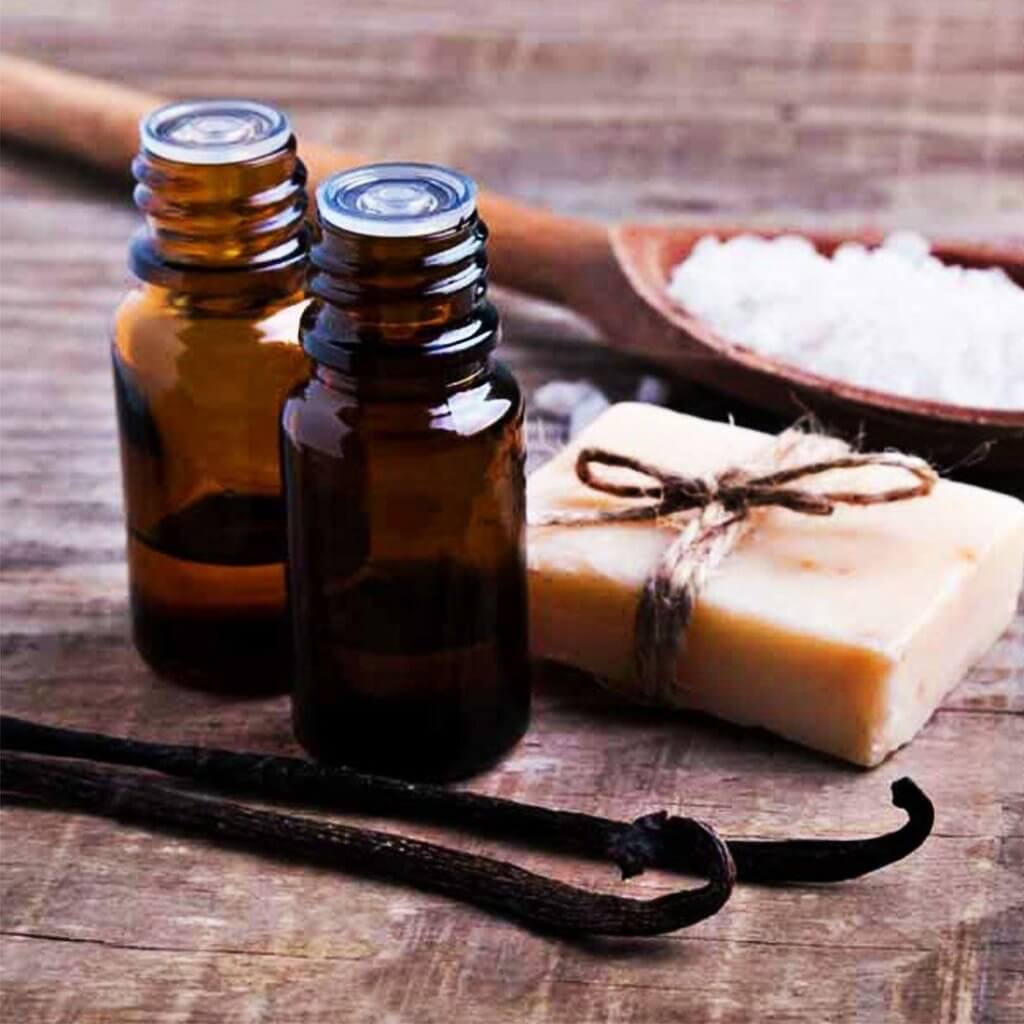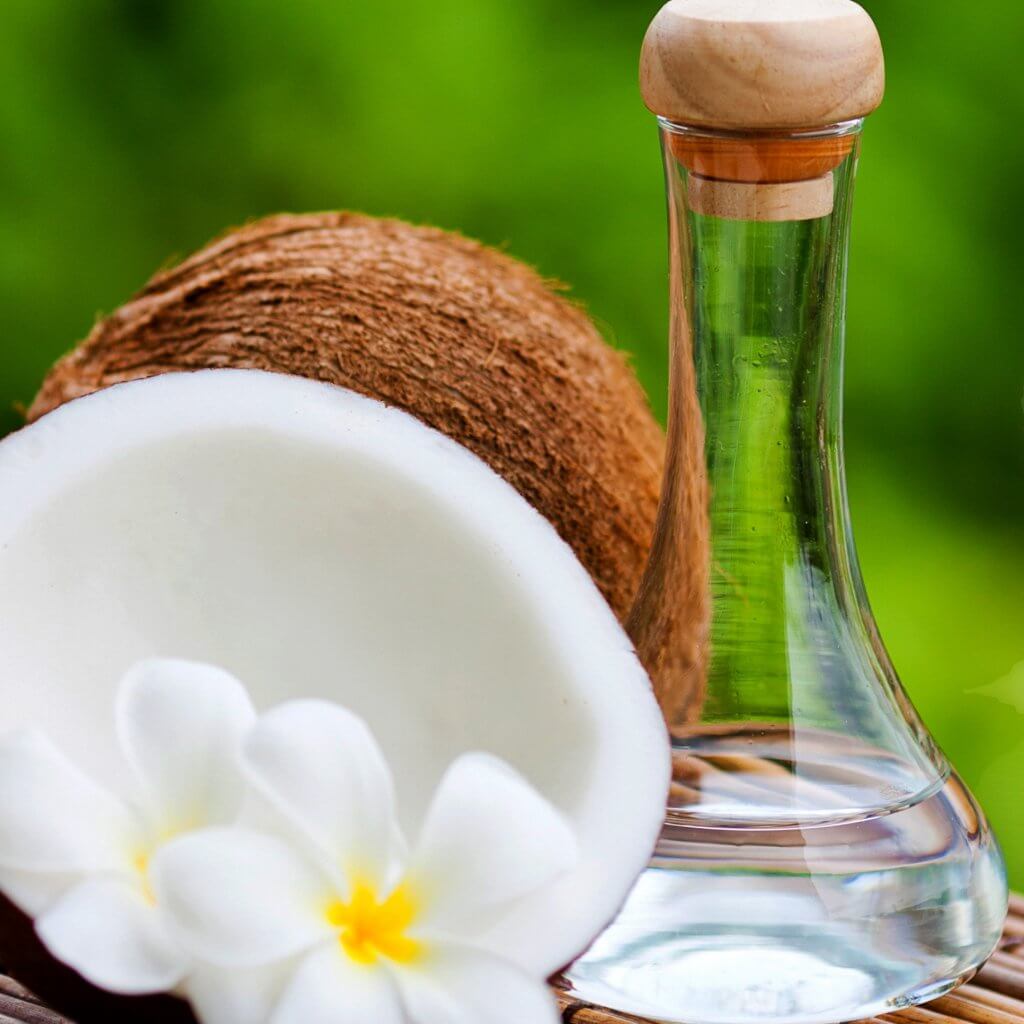Stretch Mark Cures and Treatments: Coconut Oil Uses

Most people, men and females alike, but especially pregnant women, have gotten stretch marks at some point in their lives. Stretch marks happen for a number of different reasons. For instance, weight gain, childbirth, weight loss, to name a few causes. While they can be unsightly, they aren’t a danger, just an aspect of development in our lifetimes. Some individuals don’t even care about them, but others do.
Cocoa butter was often used as a way to help eliminate stretch marks, as well as microabrasion kits, but over the years individuals have become more concerned about natural relief for many ailments, stretch marks being one of them. The use of coconut oil has become more popular throughout the years as a natural cure for many of those ailments.
According to experts, coconut oil contains many antioxidants for the skin, is antibacterial, and helps keep your skin soft and moisturized. It also helps to create new cell growth, which in return helps to fade stretch marks.
Coconut oil is a versatile and sturdy oil that tends to have a longer shelf life as compared to some oils on the market. With all of its benefits, it’s not hard to imagine that every household should have a jar of coconut oil. The experts recommend a virgin or cold coconut oil for best results. Here are eight ways that coconut oil can help stretch marks, and eliminate their unsightly presence.
Use plain coconut oil
Coconut oil is a popular carrier oil to be used with other essential oils, but can be used alone as well. To help with stretch marks, rub coconut oil all over the area with the stretch marks at least three times a day for a few weeks to help the stretch marks in that area disappear. Use it just like you would cocoa butter in this sense. It is suggested that if you are going to use coconut oil for your stretch marks that you should do it after a shower as it is known absorb into damp skin better than dry skin.
Mix coconut oil with tea tree oil
 You will need about three to four drops of tea tree oil added to at least four tablespoons of coconut oil. Mix the oils and apply to the area in which you want your stretch marks eliminated. It is safe to apply the mixture onto your skin at least two times a day, however, do not ingest tea tree oil.
You will need about three to four drops of tea tree oil added to at least four tablespoons of coconut oil. Mix the oils and apply to the area in which you want your stretch marks eliminated. It is safe to apply the mixture onto your skin at least two times a day, however, do not ingest tea tree oil.
Tea Tree essential oil has a variety of uses including the elimination of stretch marks but it also makes great insect repellent, rash ointment, and various other medicinal and non-medicinal purposes. Coconut oil and tea tree oil are just two of the types of oil that every household should have.
Coconut coffee molds
This method requires the use of a half cup of liquified coconut oil and a half cup of wet coffee grounds. Mix the two together to create a scrub for use in the shower or bath. To make the molds pour the mixed ingredients in molds of your choice, allow them to sit at room temperature for at least six hours. After that, refrigerate them and when you take your next shower or bath, grab one and rub it onto the area you want treated.
Coconut oil and cane sugar
Either warm a cup of coconut oil on low or microwave it just until soft, but not yet melted. Add in one cup of cane sugar and mix it in until the consistency is textured but not smooth. Put the mixture into a sealed glass container until ready to use, then make sure to reseal the mix. Rub some of the scrub onto your stretch marks at least once a day.
Coconut oil mixed with sugar and salt
You will need one cup of sugar, one cup of salt, and a half cup of coconut oil. Melt the ingredients in a microwave or double boiler, allow it to cool, then massage some of the mix onto the area you would like treated. Let the mixture sit on your skin for around 15 minutes, then wash off the area with soap and water, gently. It is recommended to do this at least one time a day.
Coconut oil and vanilla essential oil
 For this method you will need two tablespoons of coconut oil, and two tablespoons of sugar and 3-5 drops of vanilla essential oil. Mix all three ingredients together and apply some of the mixture to the affected area. Let it sit on your skin for 15 minutes and then wash off with warm water.
For this method you will need two tablespoons of coconut oil, and two tablespoons of sugar and 3-5 drops of vanilla essential oil. Mix all three ingredients together and apply some of the mixture to the affected area. Let it sit on your skin for 15 minutes and then wash off with warm water.
Coconut oil and olive oil
Another method that can be used to cure or eliminate stretch marks is a mix of virgin coconut oil and virgin olive oil. You’ll need to mix equal parts of coconut oil and virgin olive oil. Once blended together, massage it onto the stretch marks and let it absorb into your skin. You and also add vitamin E and vitamin A for added benefits.
Coconut oil with shea butter and cocoa butter (for pregnancy)
Women can safely use this method when they are pregnant. Mix together equal amounts of coconut oil, shea butter, and cocoa butter. Melt them in a double boiler or microwave then allow to cool. Pour the mixture into an airtight container for storage. Scoop out some of the mix and rub it all over your belly or the area where you want to avoid or eliminate stretch marks and let it absorb into your skin. It is safe to do this at least two times a day when pregnant.
Other common uses for coconut oil include:
 *Oil treatment for hair
*Oil treatment for hair
*Daily moisturizer for the skin
*Sunburn treatment
*It can help with difficult digestion
*Boost in your mentality for focus and performance
*For cooking or baking in place of other oils or butter
*Immune system support
*Stick goo removal from shoes, tables, and more
*Lip balm
*Personal lubricant
*Homemade diaper rash treatment
*many,many more uses
Coconut oil is truly one of the most versatile oils on the market and can be used in so many different ways that it’s hard to believe that not everyone has it on their shelf. You can also make homemade deodorant, homemade soap, and so much more with coconut oil.
As always, be sure when deciding to try coconut oil for stretch marks or other ailments that you perform a patch test on a small area of skin, if you are unsure whether or not you could be allergic to it.
Should you break out into a rash at anytime during your use of coconut oil, be sure to stop it immediately and consult with your family physician as you could be allergic to its ingredients.
This stands particularly true for pregnant women, young children, and individuals with sensitive skin. Coconut oil isn’t for everyone and not everyone’s skin can handle its properties.
What are other ways that you’ve tried or learned about coconut oil have you come across, let us know, we’d love to hear what you have to say!







